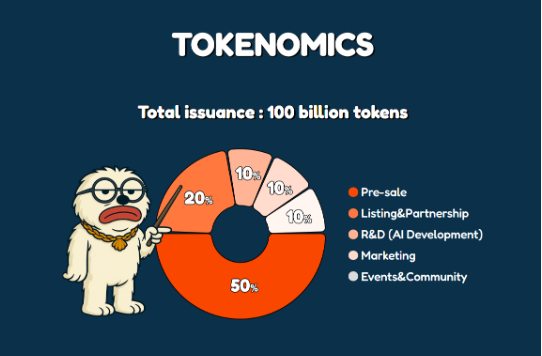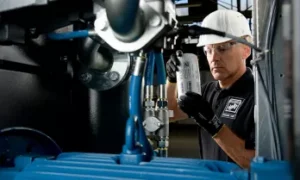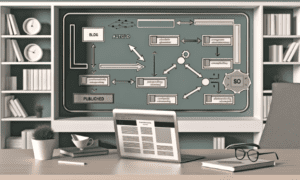You can build sustainable recycling strategies for your business. It can reduce your waste, lower costs, and build stronger customer trust.
These strategies are more than mere theory. They’re backed by proven results from companies already improving their waste management through smarter recycling. Businesses of all sizes are learning the hidden value by managing materials more efficiently and responsibly.
Continue reading below to learn more about this post. It’s designed to walk you through each step of building a smart recycling strategy specific to your business.
Why Is Recycling Essential for Your Business?
Recycling is no longer a “nice-to-have.” It’s now a business expectation.
Most customers want to support companies that care about the environment. Governments are raising the bar with new rules and penalties. And raw materials? They’re getting more expensive every year.
Here’s what you gain when your business gets recycling right:
- Lower environmental impact – Recycling reduces the need for raw materials and keeps harmful waste out of landfills.
- Cost savings – You’ll spend less on waste hauling and may even find new revenue streams by reselling recyclables.
- Stronger brand trust – Shows your commitment to sustainability, boosts your reputation with customers, partners, and employees.
- Compliance and ESG goals – Many businesses are now expected to report on environmental practices. A solid recycling plan supports these goals.
Put simply, recycling is a tool that makes your business more efficient, respected, and sustainable.
Start With a Waste Audit
Before launching a new strategy, you need to know what waste your business produces, and how much of it.
That’s where a waste audit comes in. It’s the first step in building a smart recycling system.
Here’s how to do it:
- Collect a sample of your business’s waste for a few days. Include bins from office areas, warehouses, kitchens, and loading docks.
- Sort and weigh the waste. Common categories include:
- Paper and cardboard
- Plastics (types 1–7)
- Food scraps
- Electronics
- Mixed/general waste
- Analyze the data. Are there high volumes of paper being tossed? Are food scraps going to the landfill? These findings show where to focus first.
Action tip – Partner with a local recycling or waste management company to perform this audit. Many offer this service for free or at low cost.
A good audit gives you a clear picture and helps set measurable goals for reducing and recycling your business waste.
Implement Recycling Programs by Material Type
Once you know what you’re throwing away, it’s time to build systems that recycle each major material stream.
1. Paper and Cardboard Recycling
Paper is one of the easiest materials to recycle. Set up a program that captures:
- Office paper
- Cardboard packaging
- Paper shipping labels and envelopes
Use bins with clear signs and place them near printers, mailrooms, and break areas.
Pro tip – Reduce paper waste before it starts by switching to digital forms, email receipts, and cloud storage.
2. Plastic Waste Management
Plastic waste can be tricky, but new solutions are changing the game.
- Separate your plastics into PET, HDPE, and others. Some recyclers only take certain types.
- Partner with companies that offer chemical recycling. This method breaks plastics down to basic building blocks that can be reused in the chemical industry.
3. Food Waste Recycling
Restaurants, caterers, and food processors, this one’s for you. Instead of sending food waste to the landfill, consider:
- Composting on-site or through a hauler
- Anaerobic digestion, which turns food waste into energy
- Food donation – excess, untouched food can go to charities
4. Electronic Waste (E-Waste)
Old computers, printers, phones, and batteries must be recycled safely and legally.
- Use certified e-waste recyclers.
- Ensure data is securely wiped.
- Keep a log of retired equipment to track environmental savings.
E-waste contains valuable metals that can be reused, and toxins that must not go to landfills.
5. General Mixed Waste
Even with strong recycling habits, some items will end up in mixed bins.
- Add sorting stations with color-coded bins and images.
- Offer short training sessions to help staff learn what goes where.
- Monitor contamination by reminding people not to toss coffee cups in paper bins.
The easier you make it to do the right thing, the better your results will be.
Promote a Recycling Culture Internally
Recycling works best when your whole team is behind it. Here’s how to build buy-in from staff:
- Start green teams, volunteers who lead sustainability efforts
- Post signs with clear, simple instructions at every waste station
- Report progress monthly (e.g., “Last month, we recycled 1,200 lbs of cardboard!”)
Action tip – Run a challenge. See which department can recycle the most in 30 days. Offer a small reward like a pizza lunch or team coffee outing.
When people feel included, they’re more likely to participate and share the business’s green wins.
Partner With Responsible Waste Management Providers
You don’t have to handle it all in-house. Great partners make all the difference.
Here’s what to look for in a recycling partner:
- Transparent reporting – you should know what happens to your waste
- Experience – do they specialize in commercial recycling?
- Services tailored to your industry – from food to office to manufacturing
A good provider helps you stay compliant, reduces your workload, and uncovers savings you might miss alone.
Track, Measure, and Optimize Your Recycling Program
You can’t manage what you don’t measure. Set up a basic tracking system for:
- Diversion rate – the percentage of waste you recycle instead of sending to the landfill
- Volume – pounds or tons of each waste stream
- Cost savings – reductions in hauling or material reuse
Use spreadsheets or waste tracking apps. Many waste partners also provide monthly reports. Review progress each quarter. Adjust where needed. Recycling is a long game. Regular updates help you stay on course.
Conclusion
Every business can recycle. Yours can do it well. Build a thoughtful strategy. From waste audits to employee training, you’ll cut costs, boost your brand, and help the planet. Whether you’re managing paper, plastics, or food scraps, the steps you take today build a stronger business tomorrow. Start small. Get your team involved. Keep learning. Every bottle or box recycled is one step closer to a greener operation.
Work with an expert waste management partner to design a smart, customized recycling plan that fits your business needs. Whether you’re just getting started or looking to level up your current program, the right support makes all the difference.



































